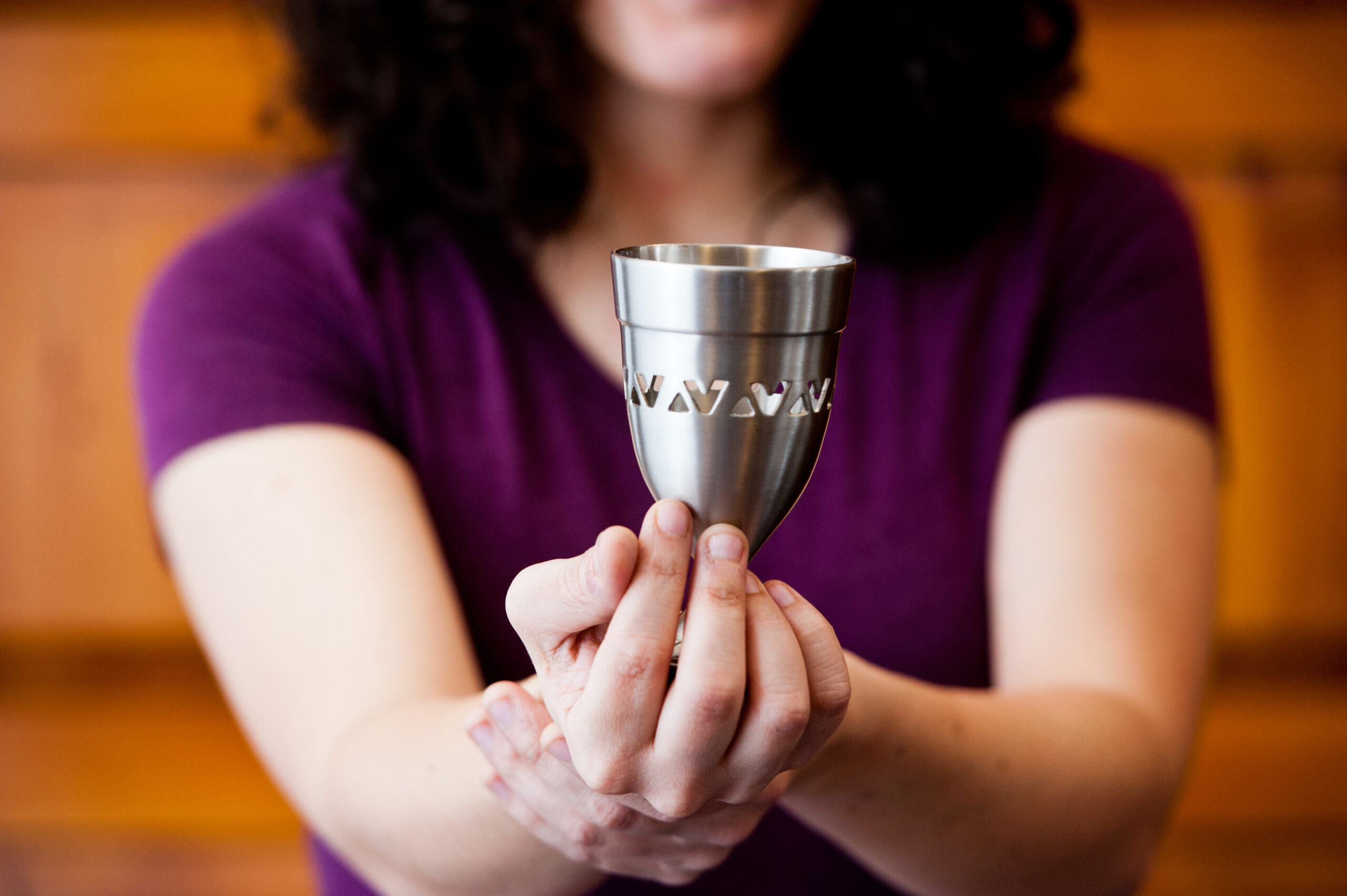1) Celebrate sacred sexuality (both Divine and Human)
Many fault lines cut through the human family. The Sex-Is-Holy—Sex-Is-Dirty divide, which inflicts untold suffering on millions, is one of the widest and oldest. We find evidence of this divide in every faith tradition, including Judaism (i.e., in references the Talmud makes to the Song of Songs). The Song of Songs revolves around the play of two Lovers, and is by far the most erotic book in the Bible.
According to the Talmud, the Song of Songs was set aside to be buried because of its sensual content (Avot De-Rabbi Nathan 1:4). These verses were singled out as particularly offensive:
I am my beloved’s, and his desire is for me. Come, my beloved, let us go into the open; let us lodge among the henna shrubs. Let us go early to the vineyards; let us see if the vine has flowered, if its blossoms have opened, if the pomegranates are in bloom. There I will give my love to you. (Song of Songs 7:11–13)
At length, the rabbis debated whether to include the Song of Songs in the Bible. In their deliberations, they used the curious phrase “renders unclean the hands.” Holy books, in their view, were essentially “too hot to handle” on account of their intrinsic holiness. Handling them, then, renders unclean the hands, that is, makes one more or less untouchable, until specific rituals of purification are carried out.
Rabbi Judah says: The Song of Songs renders unclean the hands, but there is a dispute about Ecclesiastes. Rabbi Jose says: Ecclesiastes does not render unclean the hands, but there is a dispute about the Song of Songs….Rabbi Simeon ben Azzai said: I received a tradition from the seventy-two elders…that the Song of Songs and Ecclesiastes render unclean the hands. Rabbi Akiba said: Far be it! No man in Israel disputed about the Song of Songs [by saying] that it does not render unclean the hands. For the whole world is not as worthy as the day on which the Song of Songs was given to Israel; for all the writings are holy but the Song of Songs is the Holy of Holies. (Babyloninan Talmud, Yadayim 73a)
Thank the Divine, the Source of Love, for the intervention of Akiva!
Including the Song of Songs in the sacred canon of scripture came with a price. It was allegorized, that is, interpreted as a love affair between the Lord and the community of Israel, and in the process it was de-sexualized. For example, in the eyes of Rashi the breasts of the female lover were two staves of the ark, Moses and Aaron, the Tablets (Ten Commandments), the king and the high priest, or synagogues and study halls, anything but breasts.
Throughout the centuries, Jewish mystics—subscribing to the dictum “as above, so below”—clung to another, perhaps more ancient understanding of the Song of Songs. The mysterious kabbalist Joseph of Hamadan, a contemporary of Moses de Leon, who composed/redacted the Zohar—the central work of Kabbalah—regarded the male and female characters in the Song of Songs as the masculine and feminine faces of divinity, as the heavenly Bridegroom and Bride, which reflect their earthly counterparts.
In his Sefer Tashak, Hamadan writes of the Bride, whom he refers to as the Matrona (the Great Married Mother):
King Solomon, may peace be upon him, said in his wisdom, “I am a wall, my breasts are like towers” (Song of Songs 8:10), this alludes to the breasts of the Matrona that are like towers, and from these holy apples of the Matrona the righteous in the Garden of Eden and the holy angels are nourished….From these breasts of the Matrona the upper and lower beings are sustained, and the holy angels and souls of the righteous draw forth from there honey and milk. Thus it is written, “Honey and milk are under your tongue.” (Song of Songs 4:11)
In recent years, efforts to recover the erotic dimension of the Song of Songs have gained steam. In the Fever of Love: An Illumination of the Song of Songs by Rabbi Shefa Gold is one noteworthy example.
At long last, it seems, the sensuality of this work can explode unhampered by commentary that ignores the obvious, the delightfully obvious.
As an apple-tree among trees of the forest, so is my beloved among the youths. I delight to sit in his shade, and his fruit is sweet to my mouth. (Song of Songs 2:3)
Awake, O north wind, come, O south wind! Blow upon my garden, that its perfume may spread. Let my beloved come to his garden and enjoy its luscious fruits. (Song of Songs 4:16)
Let me in, my own, my darling, my faultless dove! For my head is drenched with dew, my locks with the damp of night. (Song of Songs 5:2)
I have come to my garden, my own, my bride; I have plucked my myrrh and spice, eaten my honey and honeycomb, drunk my wine and my milk. (Song of Songs 5:1)
As in the days of Solomon and the Shulamite, that is, the Lovers in the Song of Songs, human beings are fascinated by sex. One recent study estimates that thirty percent of all global web traffic is pornographic.
Unfortunately, faith traditions have not kept up. The religious establishment has been preoccupied with severing us at the waist and brainwashing us into believing that sex and sexuality are confined to Earth not reflected in Heaven.
In response to this reality, the Song of Songs Seder humbly emerges.
The seder takes place around the dinner table. Participants enter the ethereal Garden for the Wedding Feast of the Heavenly Bridegroom and Bride.
The Song of Songs Seder, which unfolds according to its own fourteen-step haggadah—kaddesh, urechatz, karpas, yachatz, etc.—includes variations on familiar components. Four cups of milk and honey replace the four cups of wine, the Love Story (the Song of Songs) swaps places with the Exodus Story, Four Wedding Guests stand in for the Four Sons, and the King’s Cup (for King Solomon) and the Queen’s Cup (for the Queen of Sheba) take the place of Elijah’s and Miriam’s Cups.
May those who are hungry for love be fed! May they, in turn, proclaim Next Year in the Garden!
Martin Sicker. An Introduction to Judaic Thought and Rabbinic Literature (Greenwood Publishing Group, 2007), 10–13.
J. Zwelling (translator). Joseph Hamadan’s Sefer Tashak: Critical Text Edition with Introduction (J. Zwelling, 1975), 323.
Rabbi Robert Teixeira, LCSW, is a psychotherapist and the founder and spiritual director of Uri! Uri!, an emerging chavurah in Brooklyn. To learn more about his work, visit StayBlessedAndBeWell.com. The Song of Songs Seder was first used by the Brooklyn-based chavurah Uri! Uri! Awaken! Awaken! and appears on the website of The Shalom Center (Rabbi Arthur Waskow).













